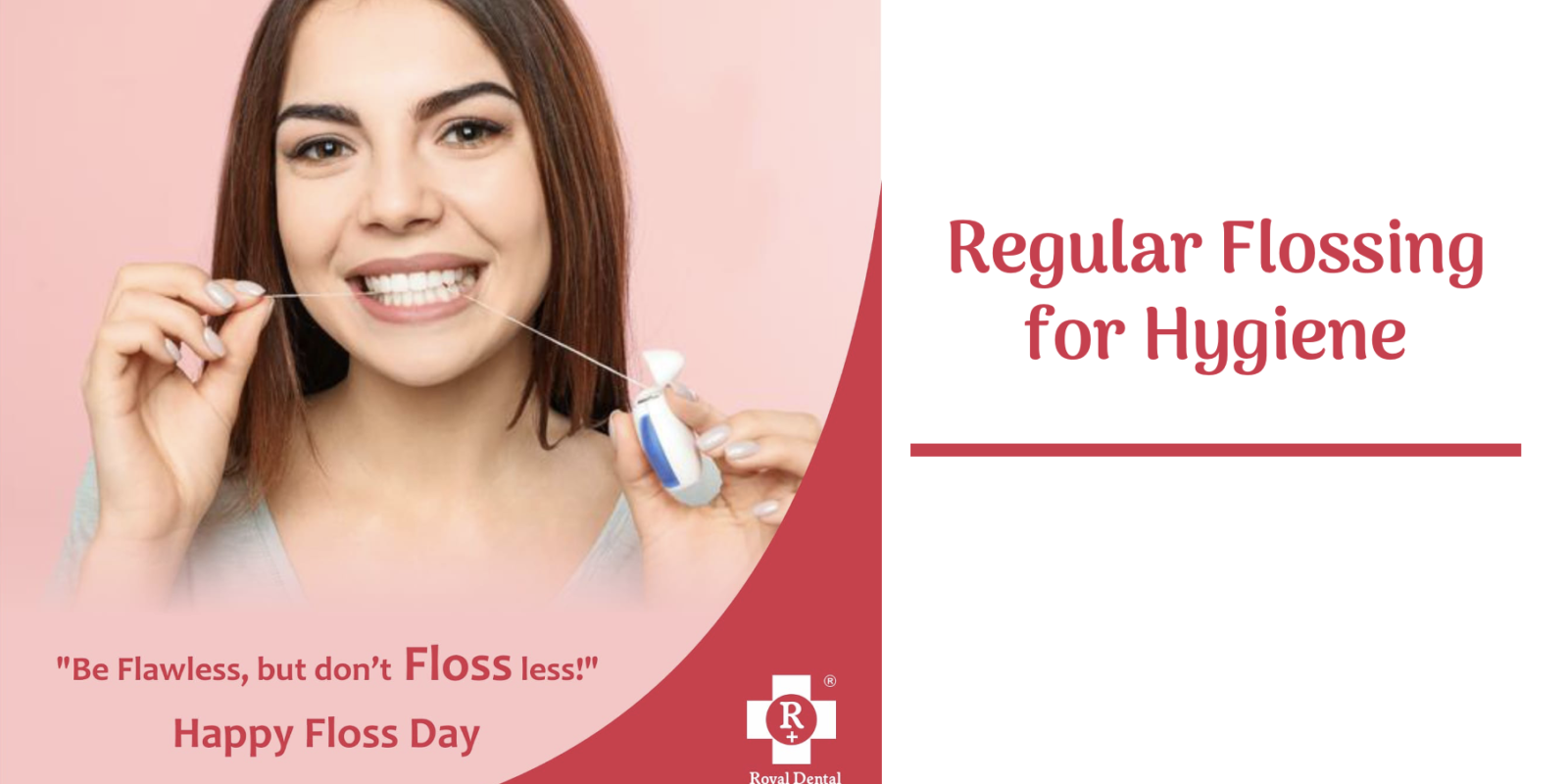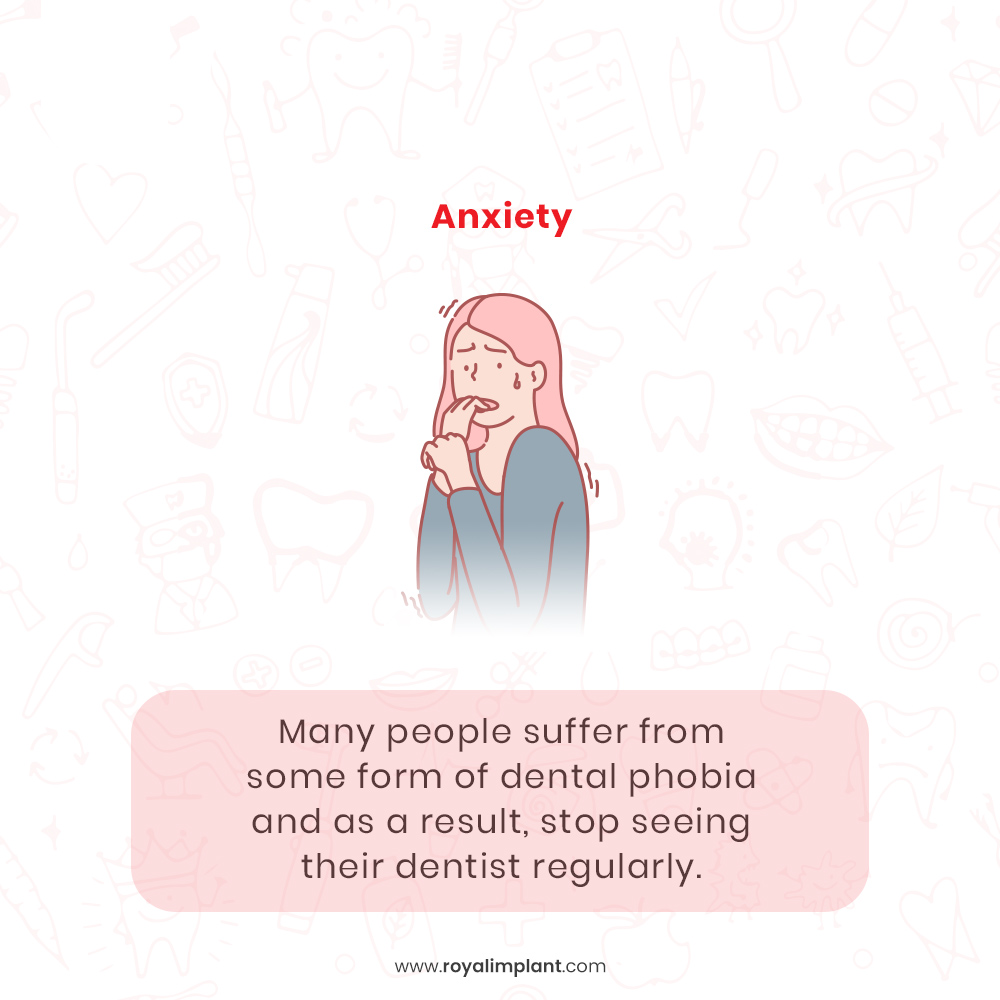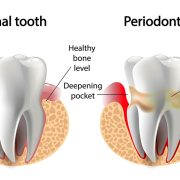Oral hygiene is one of the most important habits you can develop to keep your mouth healthy. Did you know that a healthy mouth is a key to a happy and healthy life? If you want to keep a perfect smile for the rest of your life, it’s time for some better oral hygiene practices. Aside from brushing and flossing in daily routine, here are best practices that will help keep your mouth clean and healthy at all times. It doesn’t matter how old you are or how many teeth you have left—keeping your teeth clean has benefits at any age. Healthy gums and teeth not only help with speech and eating but also have been linked to an increased likelihood of remaining disease-free as you age. Keeping your pearly whites clean also helps prevent cavities, gingivitis, and other conditions that could impact how others see you.
Rinse with mouthwash | Oral hygiene
This is the first step in your fight against plaque, bacteria, and other oral health issues. There are many different types of mouthwash available on the market today, each with its own benefits and drawbacks. First, you should determine which type of mouthwash will work best for your specific needs. Some of the most important things to consider include your oral health goals, the type of product you’re looking for (liquid or gel), and possible side effects.
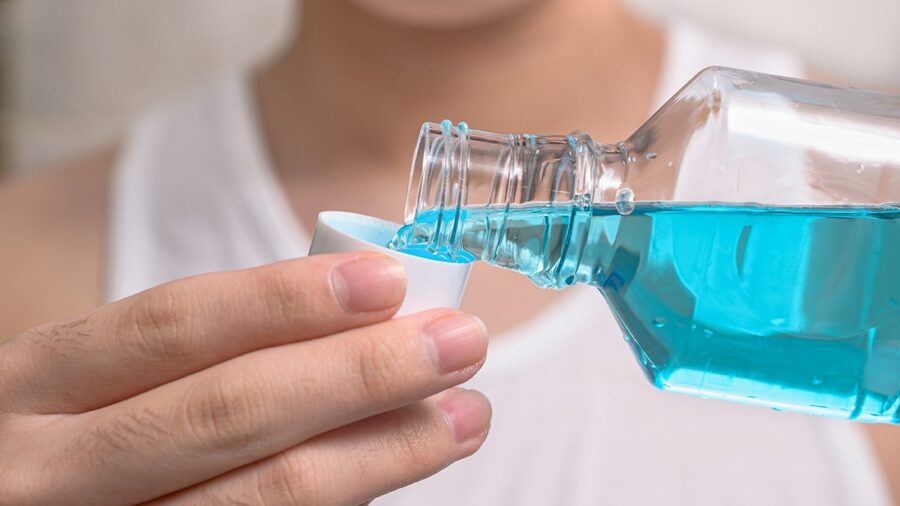
Once you know what you’re looking for, it’s time to start reading labels. If you have sensitive teeth, gums, or other oral health issues, it’s a good idea to choose a mouthwash that contains fewer chemicals and more natural ingredients. As with most types of oral health products, it’s also a good idea to steer clear of mouthwash containing SLS.
Floss daily routine | Oral hygiene
It’s a fact that more than 80% of adults don’t floss on a regular basis. That’s why oral health experts recommend daily flossing. This simple practice can help reduce gum disease, cavities, and bad breath. In order to reap these benefits, you should be using proper flossing technique. If you have questions about how to do this, ask your dentist or dental hygienist for advice. You may also want to consider investing in a flossing device, like a water flosser, that makes the process a bit easier.
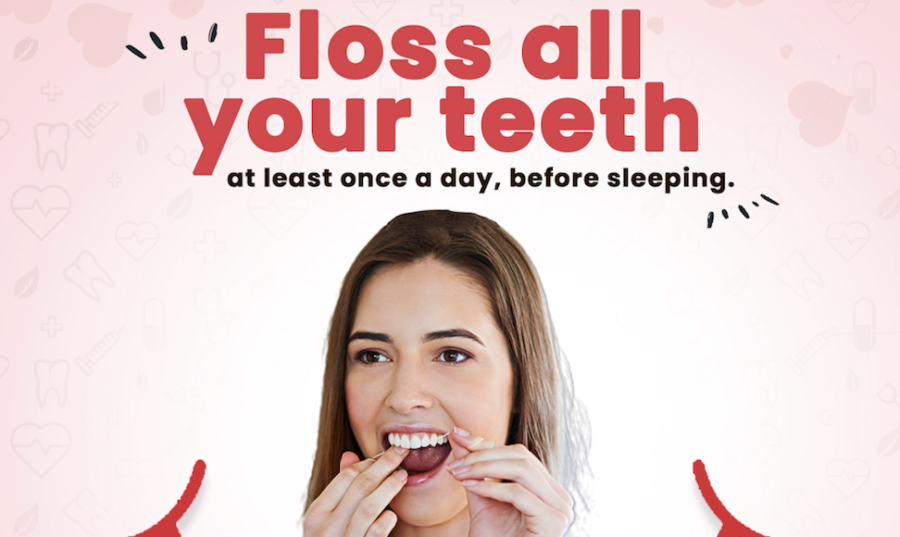
If you’re guilty of sheepishly answering, “Not always,” when asked by the dentist about flossing teeth, you’re not the only one. Some statistics say that nearly 80 percent of people don’t floss. Even though you’ve heard how important it is to floss many, many times, you probably tune out when the dentist or dental hygienist starts talking about it. For some reason, it’s a habit that’s difficult to incorporate in daily routine, likely because it’s time-consuming, messy, or just one more thing you have to do.
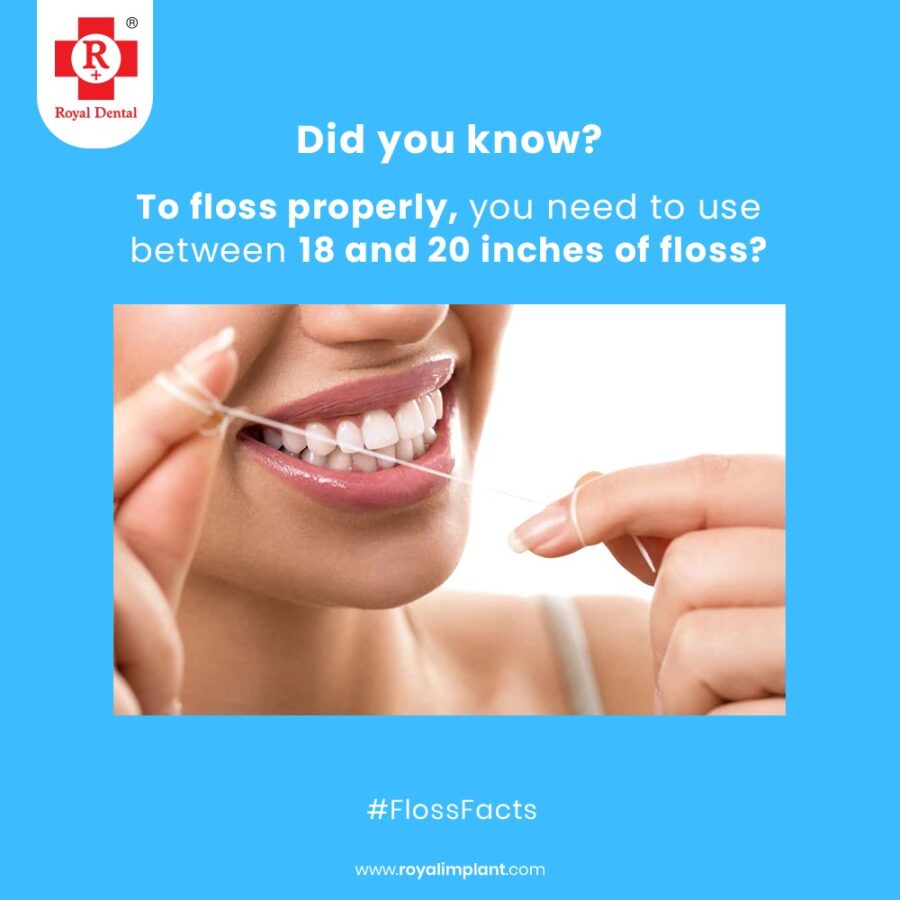
Well, it turns out that this part of your daily routine is worth every second. Since your toothbrush can’t reach everywhere in your mouth, flossing is the best way to remove any remaining food particles and plaque. This helps to prevent decay from forming on your teeth and gingivitis (inflammation of the gum tissue) between your teeth. As an added bonus, it also helps prevent bad breath, since it can keep bacteria from forming in those tough-to-reach spots.
Brush your teeth and gums | Daily oral hygiene
As mentioned above, it’s incredibly important to brush your teeth and gums on a daily basis as part of a better oral hygiene routine. Fortunately, there are many different types of toothbrushes available on the market today. You may even want to invest in a few different types of toothbrushes, including a travel toothbrush, in order to get the most out of your daily oral health routine.

If you have braces, you may want to look for a special type of toothbrush. It’s also a good idea to use an antibacterial mouthwash daily. It’s also important to note that you shouldn’t brush your teeth too hard or scrub too aggressively. This can increase your risk of gum disease. When brushing your teeth, it’s also a good idea to use gentle strokes in order to avoid damaging your gums. It’s also important to note that you should brush your gums as well as your teeth. If you have questions about how to keep your teeth and gums healthy, talk to your dentist for advice.
Dental decay | Visit your dentist
The Dental decay affects people of all ages, but the severity of the disease increases with age. Dental decay is comprised primarily of:
- Cavities – these are permanently damaged areas in the hard surface of the teeth that develop into tiny openings or holes. Cavities are also called tooth decay or caries.
- Tooth decay – this requires exposure to sugar but also depends on the susceptibility of the tooth, the bacterial profile of the mouth, the quantity and quality of the saliva, and the amount of time the tooth is exposed to sugars.
Cavities and tooth decay are among the world’s most common health problems. They are especially common in children, teenagers, and older adults. But anyone who has teeth can get cavities, including infants. The best way to care for teeth and gums is to follow good eating habits, brush, and floss daily, and have regular dental cleanings and exams.
Tips for brushing your teeth and gums
When it comes to brushing, it’s best to do this after you’ve rinsed your mouth with mouthwash. Make sure you’re brushing your gums as well as your teeth. It’s also important to focus on your tongue when brushing. Avoid using too much pressure when brushing. Use a soft-bristled toothbrush for the best results.
Brushing teeth with fluoridated toothpaste is the best method of reducing plaque. The American Dental Hygienists’ Association (ADHA) recommends brushing for 2 minutes, twice daily.
Proper brushing technique cleans teeth and gums effectively. Keep the following tips in mind:
- Use a soft-bristled toothbrush – to prevent damage to the enamel, only use a soft-bristle toothbrush.
- Brush at a 45-degree angle – the angle of the brush is important. The toothbrush should be placed against the teeth at a 45-degree angle to the gum line.
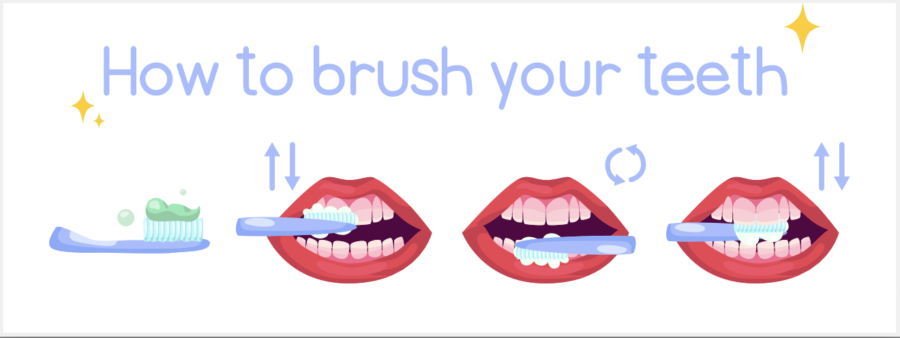
- Motion correctly – using short gentle back, forth, and small circular motions. All tooth surfaces will be gently brushed, avoid a sawing or scrubbing motion.
- Brush the tongue – use your toothbrush to do a light brushing of the tongue.
- Keep the mouth clean after brushing – avoid eating for 30 minutes after brushing.
Conclusion
As you can see, there are many things you can do to improve your oral hygiene habits. If you want to keep your teeth and gums healthy, be sure to brush and floss daily. You should also consider investing in a good mouthwash. Like a natural variety, to help keep your mouth clean and fresh. If you maintain proper oral hygiene, you should see a significant improvement in your overall oral health.

